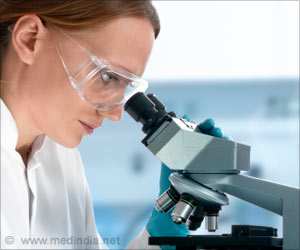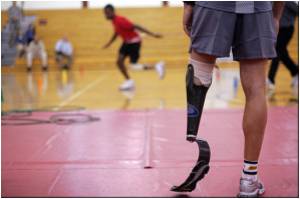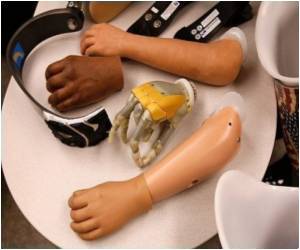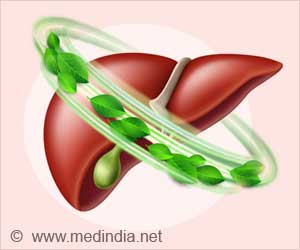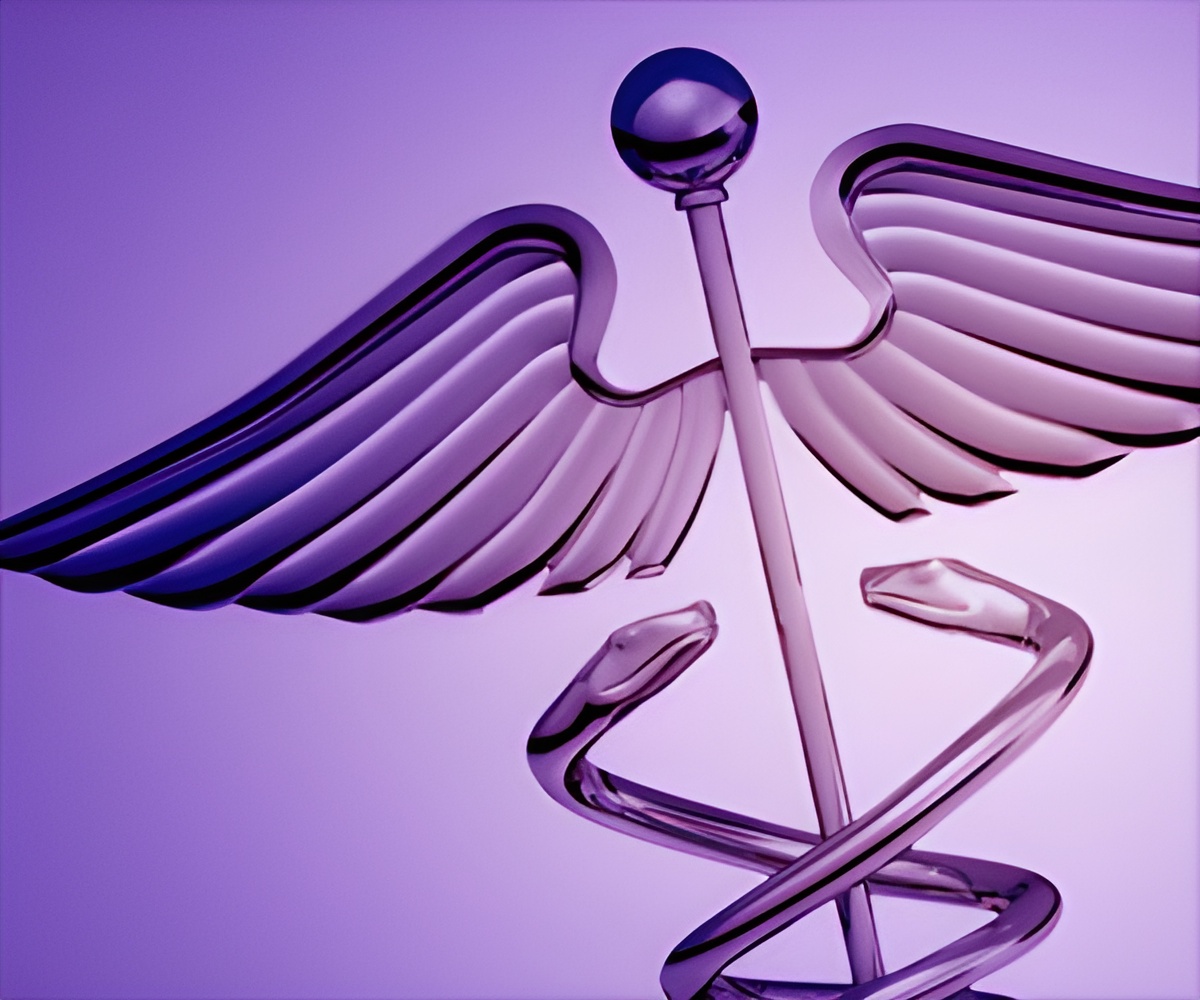
‘The "transcriptome" catalogue provides resource about salamander that promises to shed light on molecular mechanisms that underlie limb regeneration and potential ways to repair and replace human tissues.’
Tweet it Now
A research team led by scientists at Brigham and Women's Hospital has
assembled a catalogue of every active gene in a variety of tissues in
the axolotl. The catalogue, known as a "transcriptome," provides a important resource for the community of researchers who study axolotls - a model organism that promises to shed light not only on the molecular mechanisms that underlie limb regeneration but also how on potential ways to repair and replace human tissues that are damaged or lost as a result of injury, illness, or even congenital disorders.
"Our hope is that this new resource will help make axolotls accessible not only to researchers who already work on the organism, but also to those in other fields who wish to explore it," said Jessica Whited, a senior author of the study and an assistant professor in the Department of Orthopedic Surgery at BWH. "Unfortunately, the axolotl has been largely impenetrable for the majority of scientists."
To help accomplish this goal, Whited and her collaborators, led by Brian Haas, Senior Computational Biologist at the Broad Institute, are making their data available through an easily navigable web portal.
In the last few years, a handful of axolotl transcriptome studies have been published. What distinguishes the latest study is its near-completeness, in terms of represented genes, and its coverage of diverse tissues involved in limb regeneration, including bone and cartilage, skeletal muscle, heart, and blood vessels. The researchers also included different portions of the blastema, a cluster of cells that forms shortly after limb amputation and directs the formation of a complete new limb.
Advertisement
Because of the axolotl's relatively long generation time - it takes nine months for a newly-fertilized embryo to develop, grow, and become sexually mature - traditional methods for deleting genes to understand their effects are labor-intensive and daunting at large scale. Therefore, the study's first author, graduate student Donald Bryant, developed an innovative approach to modify, or "edit" genes solely in the axolotl limb. Although the efficiency of the method needs to be improved, future work in this area could help accelerate efforts to elucidate the functions of scores of axolotl genes and, in turn, help reveal the molecular steps required for limb regeneration.
Advertisement

